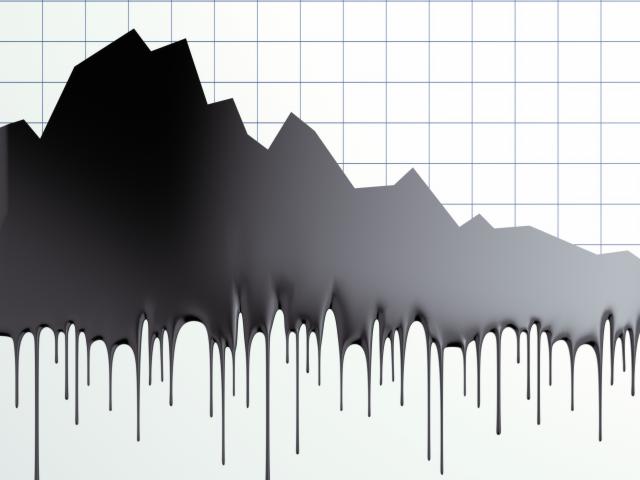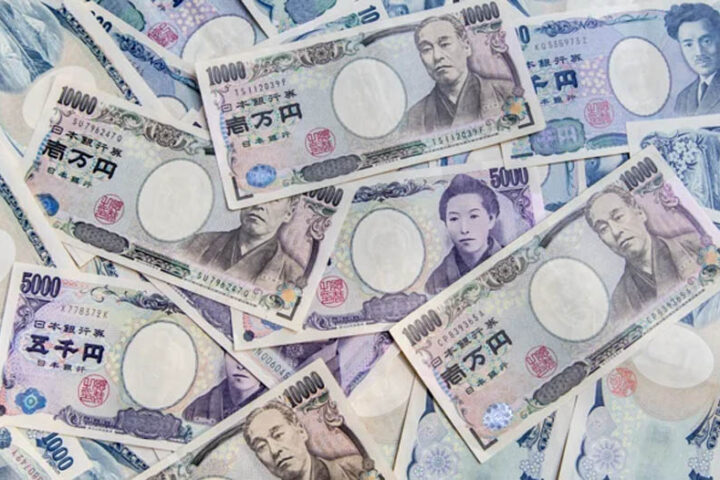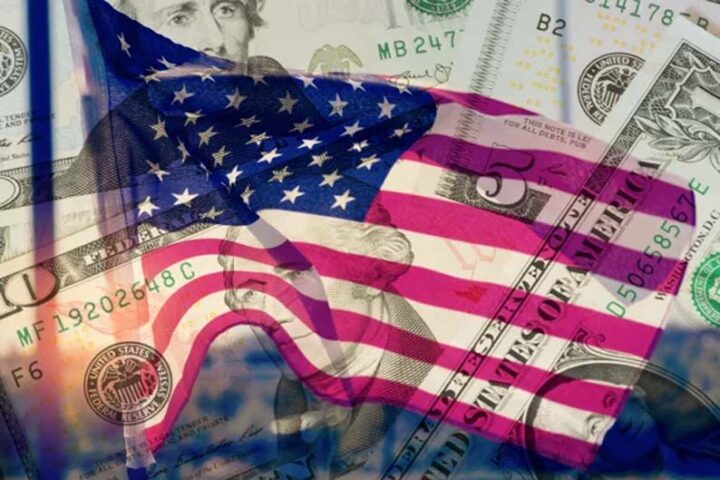By Hussein Sayed, Chief Market Strategist at Exinity
Investing in 2022 has proved to be challenging for many investors.
Inflation has been skyrocketing in almost all developed and emerging economies, and central banks are racing towards raising interest rates. China continues to impose lockdowns to contain surging Covid-19 cases, and no one seems to know when and how the Ukrainian conflict will end.
These factors combined have led to sharp selloffs in equity and bond markets, wiping trillions of dollars from the financial system.
However, many investors have seen the steep selloff in stocks as an opportunity to buy again at reasonable valuations.
After falling by almost 15% from its record high, the S&P 500 is now up 10.4% from its February trough and the Nasdaq Composite has rallied 12.6% over the past two trading weeks.
Investors are now challenged by the latest inversion of part of the US yield curve for the first time since 2006.
The 5-year / 30-year Treasury yield spread has turned negative following the inversion of the 5-year / 10-year spread earlier this month.
Futures markets are now anticipating an increase in interest rates by 218 basis points by year-end, suggesting nine 25-basis point rate hikes over the next six FOMC policy meetings. That alone explains a lot of the movement in US bond yields as the shorter end reflects the trajectory in monetary policy, and the longer end reflects economic growth expectations.
Lost confidence
When yield curves begin to invert, it’s usually a signal that investors have lost their confidence in the economic recovery story and are now preparing for a slowdown or possibly a recession over the next few quarters. The only reason you’d buy a long-term bond at a lower yield than a short-term one was if you thought yields were going to fall.
However, the Federal Reserve has also played an essential role in the shape of the curve as it bought massive amounts of Treasuries during its bond-buying programme, keeping the longer end of the curve under pressure. The 3-month / 10-year yield curve is at its steepest level since early 2017, and this tells us a different story.
The shape of the curve is likely to change when the US Fed begins shrinking its balance sheet, so we could likely see steepening of the curve all over again in the upcoming months.
While the risks of a recession have increased, it’s not likely to be a 2022 story, but rather one that takes place in 2023 or 2024. So, investors need to ignore the noise in bond markets and keep focusing on economic fundamentals and corporate earnings which so far remain solid.
For information, disclaimer and risk warning note, visit: https://exinity.com/en-ae
Exinity ME Ltd, a company registered under the Laws of the Abu Dhabi Global Market (ADGM), is authorised and regulated by the Financial Services Regulatory Authority (FSRA)










